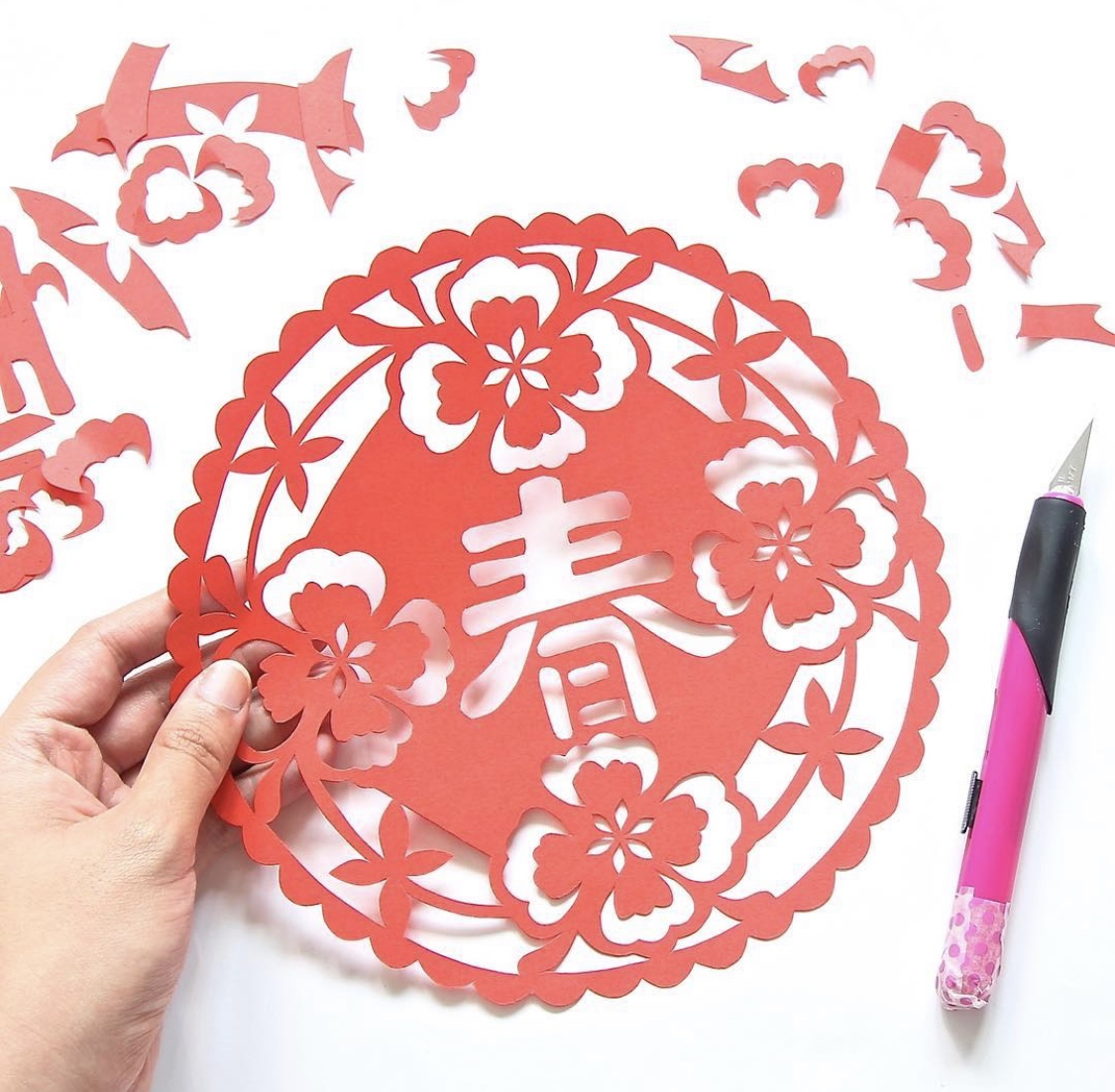By Li Yen & Cindy Liew
Monica Chua Ah-Huwa’s face lights up when she starts sharing with us her forty-five-year art journey.
“Painting is a happy thing. I will forget my problems when I paint,” says Monica.
As she talks, one can easily sense her deep interest in painting and travelling as she introduces us her art pieces, painted while travelling around the globe with her Dutch husband.
Monica loves nature; landscapes and flowers are her best-loved subjects in her Chinese brush and watercolour paintings.
“I lived in the kampong (Malay word for countryside) during my childhood days. My parents reared pigs, chickens, ducks and grew vegetables. That must be why I love nature. I miss life in the countryside where you will find fresh air and freedom to roam around,” she says.
Born in 1950, it seems that she is living a blissful life today travelling around the world, but Monica’s earlier life is filled with ups and downs. Her first marriage failed, and as a female artist, Monica has faced a lot of struggles in this male dominated industry.
Despite all these challenges, Monica learns earnestly, and through her soft and soothing paintings, a beautiful world unfolds.
An Ongoing Learning Journey
Painting is a happy thing. I will forget my problems when I paint.
– Monica Chua Ah-Huwa
Monica has liked drawing since young.
She was not born with a silver spoon in her mouth and earned her success through patience and hard work. Her father had a small provision shop in the kampong and had to feed eight children. She is the seventh child.
While in school, instead of paying attention in class, she doodled on her school textbooks. Monica was always selected by her teacher as a candidate for drawing competitions.
Living in the kampong during the 1950s, the electricity supply was cut off at 12 midnight, and Monica had to light candles during the wee hours to complete her drawings for the competitions.
“When my teachers praised me for my drawings, I was very happy,” she recalls, smiling.
A year after graduating from high school, she enrolled in Fabric Design and Printing at the Baharuddin Vocational Institute (now Temasek College) and studied for two years.
After graduating from Baharuddin, she worked as a designer in a Japanese towel factory. As she was keen on Fashion Design, she explored the idea of pursuing a Fashion Design course in Japan.

To realise her dream, she took up Japanese and enrolled in NAFA’s art course to learn the basics of drawing human figures and still life.
However, her application for a Fashion Design scholarship in Japan failed, which led her to embark on another art journey.
From 1973-78, she starting learning calligraphy from Master See Hiang Tuo (1906 – 1990) and Chinese brush painting from renowned Chinese painter Fan Chang Tien (1907 – 1987).
She worked very hard to improve her skills.
“Master Fan Chang Tien treated me very well. He didn’t acquire any fees from me; instead, he asked me to tutor his daughter Mathematics in return,” says Monica.
Since 1974, to earn her living, she has been teaching children art and adults brushpainting. Her students are Westerners as well as Japanese.
She reveals, “I gave tuition to earn my living while studying art. I was not a lavish person, thus I did not require lots of money. I lived a simple life, and I did what I love doing.”
Her learning journey did not end here. In the early ‘80s, she went back to the Nanyang Academy of Fine Arts (NAFA) to study portrait sculpture. And in 1987, she enrolled in the China Central Institute of Fine Arts in Beijing to master Chinese brush painting, specialising in figure and portrait painting.
She took careful steps to acquire her craft in painting. Even now, she is still searching further to improve her skills.
“Besides interest, painting requires patience and hardwork,” she points out. “Life is short; don’t complain. Be content, and do what you like,” she adds.

A Twist of Fate
In 1990, Monica had a space in Orchard Road’s Emerald Shopping Centre, where visitors would drop by to have some Chinese characters or portraits painted.
Monica met her Dutch husband when he visited her stall and requested Monica to write the Chinese character ‘fu’ (meaning good luck). The good luck sign indeed bestowed a twist of fate in Monica’s destiny.
In 1996, they got married in America.
Both of them love travelling and admiring nature. They would visit art museums and have travelled all across America, Canada and many European countries – and Monica would use pencil and watercolour to sketch and paint whatever she finds attractive along the road.
“Travelling through our life, we will encounter wind and rain, ups and downs. Breathe fresh air and feel nature in its grass and trees. Oh the world is so beautiful,” writes Monica in her book ‘Travels Through a Beautiful World’.

Arts Appreciation
Speaking on the importance of art to mankind, Monica points out that we would be happier if we knew how to appreciate art, for it could help adjust our moods and make us feel relaxed.
“A nice painting could comfort you when you are feeling down. Some would arouse your feelings and thoughts and some would evoke your memories. Paintings represent artists’ feelings, thoughts and their lives,” shares Monica. Indeed, fine art was first recorded as “[that] which [appeals] to the mind and imagination”.
While art appreciation is a very personal thing, Monica mentions that the ability to appreciate paintings would also depend on one’s education level.
She feels that nowadays, people are more capable of appreciating art. “Now, people are able to develop their interest in art. In the past, they are more than satisfied by just having enough food and a bit of entertainment. While spiritual life was not considered to be important, people do need to have the kind of spiritual pursuit to be able to appreciate art. Otherwise, paintings could be perceived as a mere piece of paper,” says Monica.


Leaving a Legacy
It is said that the oldest painting could be dated back to approximately 40,000 years ago. Artists could leave their moments of life in the form of paintings and let them be passed on. One of Monica’s previous students once said: “Beauty is evanescent while art is lasting.”
“Sometimes, I feel time is not enough, as there are so many things I want to do. When seeing some friends pass away one by one, I feel that I do not have enough time left. I need to be more diligent and do what I have always wanted to do. Like for the portraits I have done, I want to compile them into a book,” says Monica.
“I also hope to be more innovative and create my own style, so that when others see my painting, they could tell it’s done by me. I would choose themes that I like to work on, for the time left is not much. I hope I still can paint when I’m 90,” Monica adds.
The spirited painter has the following advice for young artists: “Even though working with computers is convenient, to do well in painting, solid foundations are still required. Effort still needs to be put in and skills (need) to be practised. When copying others’ work, try to learn from his/her experience, but don’t just follow. You need to have your own style. Only then can you create your own things.”
















